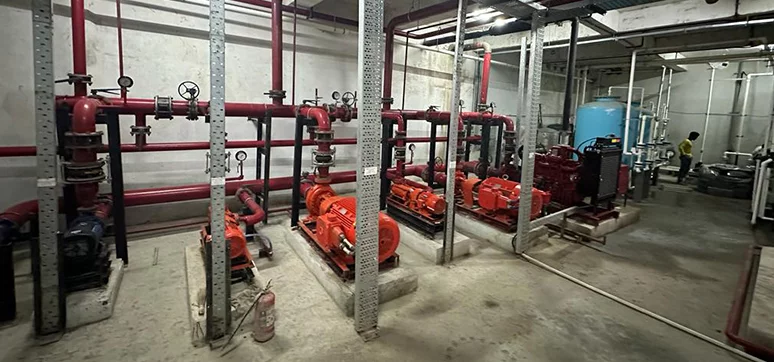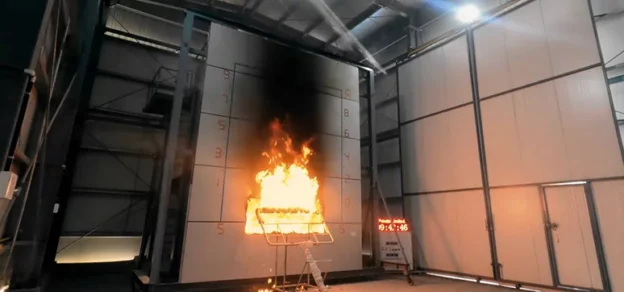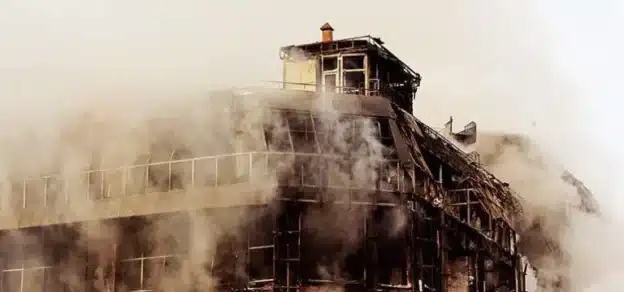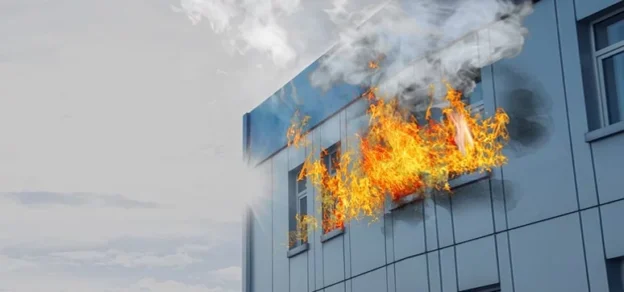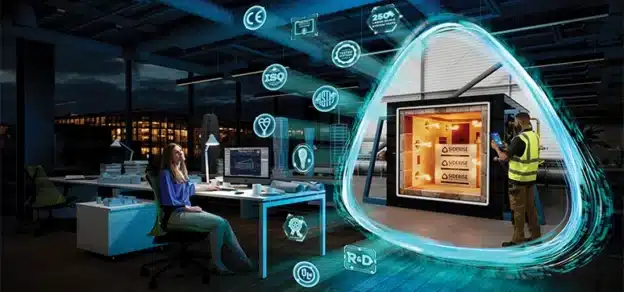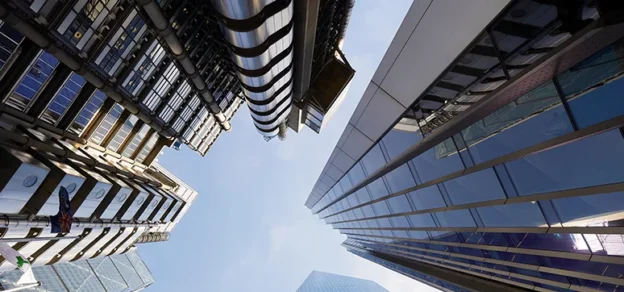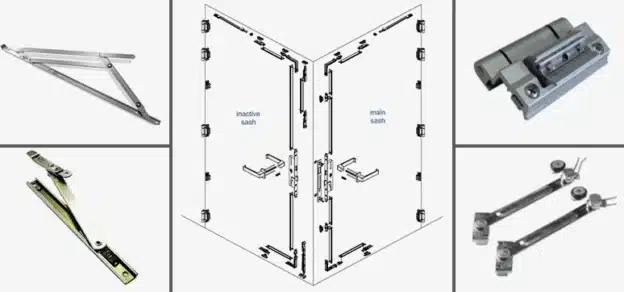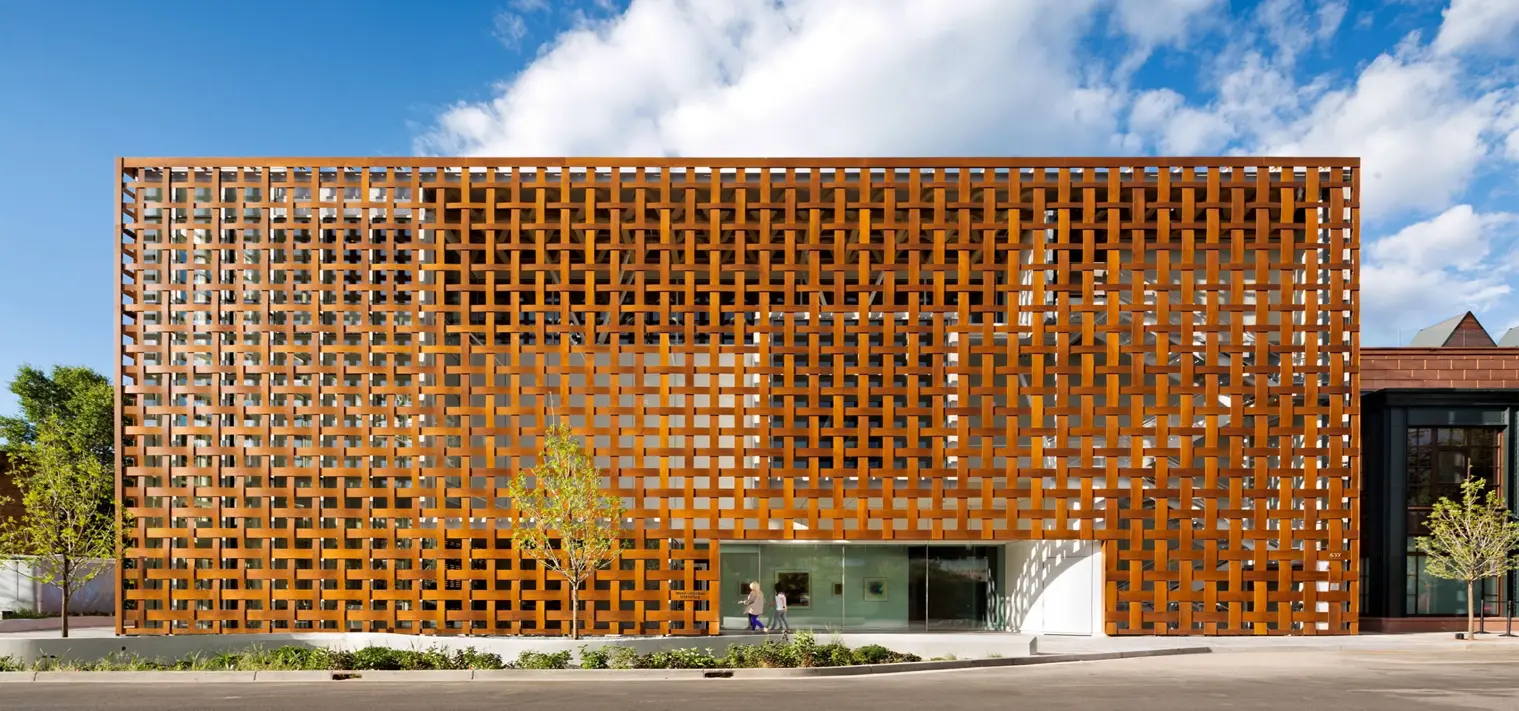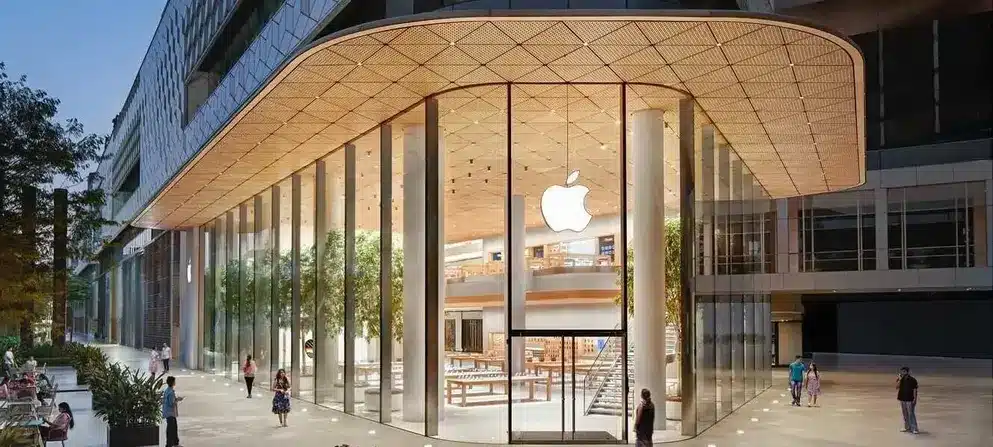APPROACH FOR FIRE-SAFE BUILDINGS
These four parameters are considered in fire safety
- Prevention: Depending on the typology of the building, fire hazards are evaluated and graded. Usually, materials that have a higher fire resistance rating are used and compliance of the design to fire safety codes and regulations is ensured. In the areas more prone to fire hazards, the products/ appliances are first checked for safety standards and all the installation procedures are followed correctly. In the case of electrical fittings the wirings are done as per the load required and fire retardant wiring is used. They are given extra protection through insulated encasements depending on the requirement. Flammable substance storage areas for fuel/gas or spaces near the furnaces are given extra protection, and materials like fire clay brick, high alumina/Magnesia brick are used.
- Efficiency of Escape: Designated fire escape routes are planned and the stairwells and emergency exits are strategically placed to facilitate quick evacuation to the outside in case of a fire emergency. The design of the passages, openings, and stairwells are made conforming to safety standards specified in the National Building Code and the bye-laws published under MoHUA in India. Fire alarms are also placed in accessible areas and they are maintained and checked regularly.
- Retarding the Fire: Here we use fire break walls which are structures that are highly fire-resistant or fire-resistant patches (i.e., fire-resistant material laid at fixed intervals on the floor wall or ceiling, e.g.- Calcium silicate panels on false ceilings). Fire-safe sealants in between the façade glazing and floor slab on different levels are used to stop the fire from spreading across different floors. This helps in confining the fire to the affected area and controls the rapid spreading of fire.
- Extinguishing the Fire: Here we use systems like sprinklers, hoses, extinguishers, etc. that can put off the fire immediately. Also, additional training to employees and occupants of the building on the usage of the fire extinguishing mechanism is given.
Passive fire protection:
This is the use of building components to control or limit the impact of fire. For instance, building components such as walls, floors, ceilings, etc. can be designed with
- the ability to maintain load-bearing capacity, thereby resisting collapse;
- ability to maintain their integrity; and
- ability to provide insulation from high temperatures.
Fire-rated walls and doors are used to contain the fire. They prevent the horizontal passage of fire. The fire rating of the wall may vary from 20 minutes to 4 hours. It is calculated for fire exposure on one or both sides of the wall.
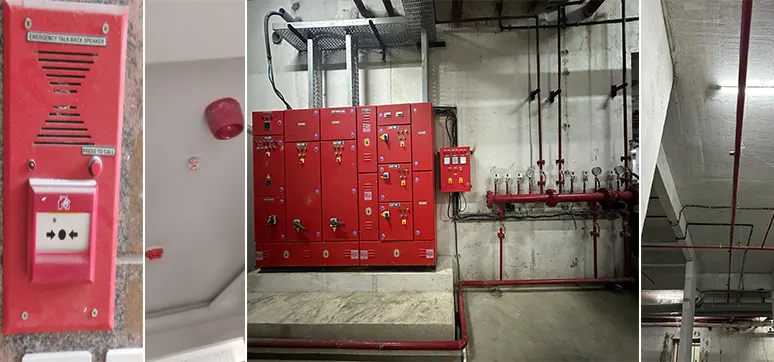
Active fire protection:
These measures involve taking direct physical action to reduce the spread of fire or the migration of smoke. They include sprinklers, fire hydrants, extinguishers, and smoke detectors. They are often activated either automatically or manually. Fire is graded into different classes depending on the fire-causing agent. Water, CO2, or Dry Chemical Extinguisher is used according to the class of fire. An adequate number of extinguishers are placed in strategic locations for efficient use. Sprinklers are coupled with high-grade sensors of different types depending on the need. The capacity and type of the extinguisher is decided depending on the fire-causing agent.
FIRE SAFE BUILDINGS
- Use fire-resistant materials that have higher fire resistance ratings like concrete, masonry, steel, and fire-resistant glass.
- Incorporating fire suppression systems like sprinklers/ extinguishers, fire alarms, and automated fire response systems.
- Incorporating fire-resistant design features such as firewalls, fire doors, and fire separation barriers.
- Use fireproofing on structural elements to increase their fire resistance.
- Adhering to fire codes and Regulations.
- Maintaining fire safety systems and training employees and occupants are important steps in considering a fire-safe design.
TRENDS, TECHNOLOGIES & MATERIALS WHICH MAKE A FAÇADE FIRE SAFE
Several technologies have been developed to make façads more fire safe. Some of the latest trends and technologies include:
Fire-resistant coatings: These coatings are applied to the surface of building materials to improve their fire resistance.
Fire-resistant glazing: This is typically made from heat-strengthened or tempered glass and can include coatings or interlayers that improve its fire resistance. And it is designed to limit the spread of fire and smoke.
Fire-resistant insulation: It is designed to maintain its structural integrity and insulating properties in the event of a fire.
Fire-resistant cladding: They are made from materials like ceramics, metals, and composites. It is used to limit the spread of fire and smoke through the building.
Fire-resistant louvres: Louvres used in the façades are now made with fire-resistant materials and are tested for fire resistance.
Smart Building Automation Systems: These systems detect and respond to fire events in a building by activating alarms, closing fire doors, and shutting off ventilation systems. They also can provide real-time monitoring of the building’s fire safety systems and alert building occupants and emergency responders to potential fire hazards.
It’s important to note that the suitability of these technologies and trends depends on the specific building design, location, and local building codes and regulations.
